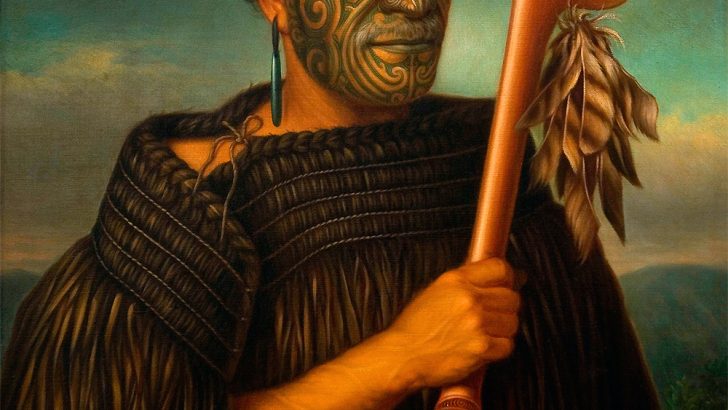State Papers: Secrets of the powers that be
Cultural goods from colonised countries whether secular or sacred, are becoming of increasing concern to colonising nations like Ireland (albeit as a part of the United Kingdom).
The National Museum, for instance, has rich collections of African, Asian and American artefacts of all kinds, which are something of an embarrassment to the State, and to the staff as well, many of whom in past decades have tended to be very national-minded people.
From time to time they are returned to their nations of origin. One instance was during Charles Haughey’s visit to New Zealand in 1988, the first ever made by an Irish first minister.
He brought what were thought to be appropriately balanced gifts to the Prime Minsters. One was a microfilm of the three volumes of Cook’s journal of the cruise of HMS Resolution (1776-80), which is preserved in the National Library. This was in an elegant green leather hand-crafted slip case.
From the National Museum were two Maori preserved heads, trophies of war which were brought back to Ireland at a later date. Museums at this date were becoming sensitive about the display of human remains, as these upset people.
They were described by some Irish papers as ‘shrunken heads’, but this was not the case. Shrunken heads made by the Jivaro of Peru, have the skull removed and only the dermis is preserved, hence the shrinkage.
These New Zealand mokomokai were tattooed full heads. Dating from the early 19th Century for the most part, they were trophies of war, strangely similar to those of the ancient Celts who were also head hunters of another kind.
The Irish public were told these two heads would be interred; but that was not likely. These heads were often called trophies of war; but in fact an exceptionally well tattooed head of an ancestor would be preserved by families in a specially carved box. Some heads captured in war would indeed be displayed and mocked.
The heads were much sought after in the 1840s, the Maoris exchanging the heads of their enemies for traders’ muskets. Queequeg, the Maori harpooner in Moby Dick, carries a head which he vainly tries to sell only to find the market in New Bedford was over-stocked.
More recently there has been a campaign to repatriate to New Zealand the numerous mokomokai scattered round the world. These are to be returned to their tribes or stored in the Museum of New Zealand, but not displayed. The campaign continues.
In return Prime Minister Lange gave his Irish counterpart a taiaha, a double-ended Maori battle staff.
“I look like an Irish bishop,” Haughey remarked jovially.
[National Archives file 2018 / 69 / 358]



